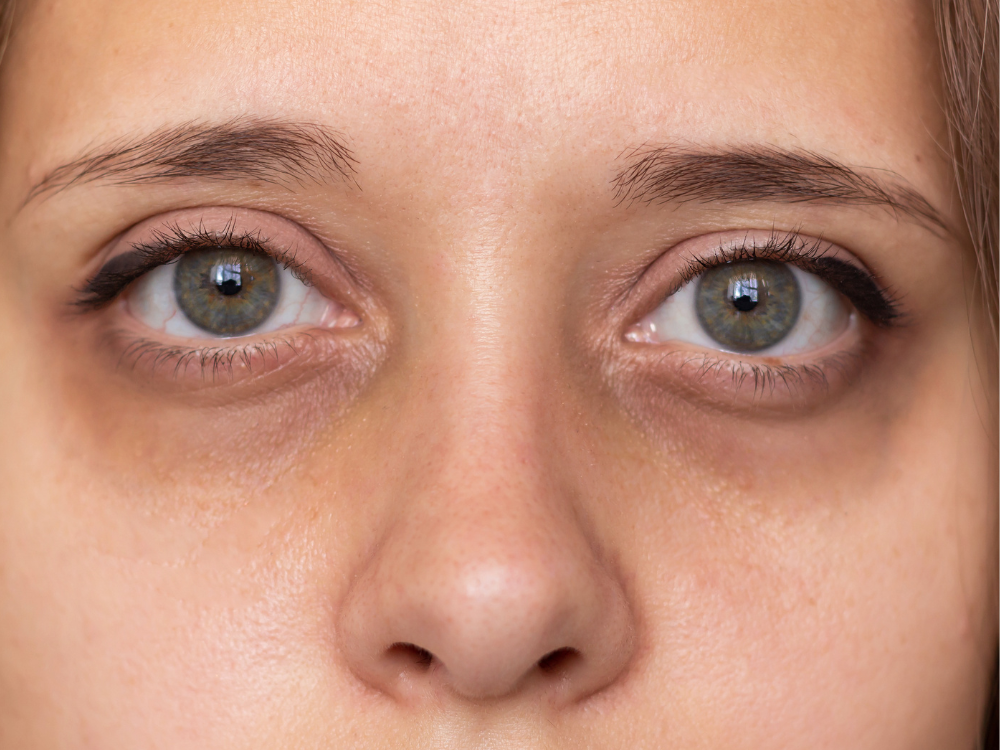
Under-eye issues can make even the youngest skin appear tired, dull, and older than it actually is.
Even after getting a full 10 hours of sleep, you might still hear the dreaded question, “Are you tired?”
If that sounds familiar, it may be time to take a closer look at your under-eye concerns. Fortunately, understanding the cause of your under-eye circles is the first step toward finding the right solution.
Depending on the type of circles you’re experiencing, the best treatment approach can vary greatly.
Below, we’ll explore the different types of under-eye circles so you can better identify your specific concerns. Make sure to tune in next week when we cover effective treatments tailored to each type!
Hyperpigmentation
One common cause of dark under-eye circles is hyperpigmentation, which results from excess melanin in the skin. Hyperpigmentation under the eyes can significantly age your appearance, even if your skin is otherwise youthful. This condition is often hereditary and closely linked to your genetic background and natural skin tone. For example, individuals with ethnic skin tones, such as African-Americans and Southeast Asians, may notice darker circles. This happens because darker skin naturally contains higher melanin levels, which can create more visible under-eye darkness.
Other Issues
Additionally, frequent rubbing of the eyes can worsen pigmentation by causing irritation and inflammation. Underlying skin conditions like eczema may also contribute to increased darkness in the under-eye area over time. Therefore, managing both genetic factors and environmental triggers is crucial when addressing hyperpigmentation-related circles.
Although hyperpigmentation can be stubborn, several effective treatments are available to brighten and even the under-eye area. Next week, we’ll dive into the best options to help restore a refreshed, vibrant look. In the meantime, identifying the type of under-eye concern you have will set the foundation for real improvement.


